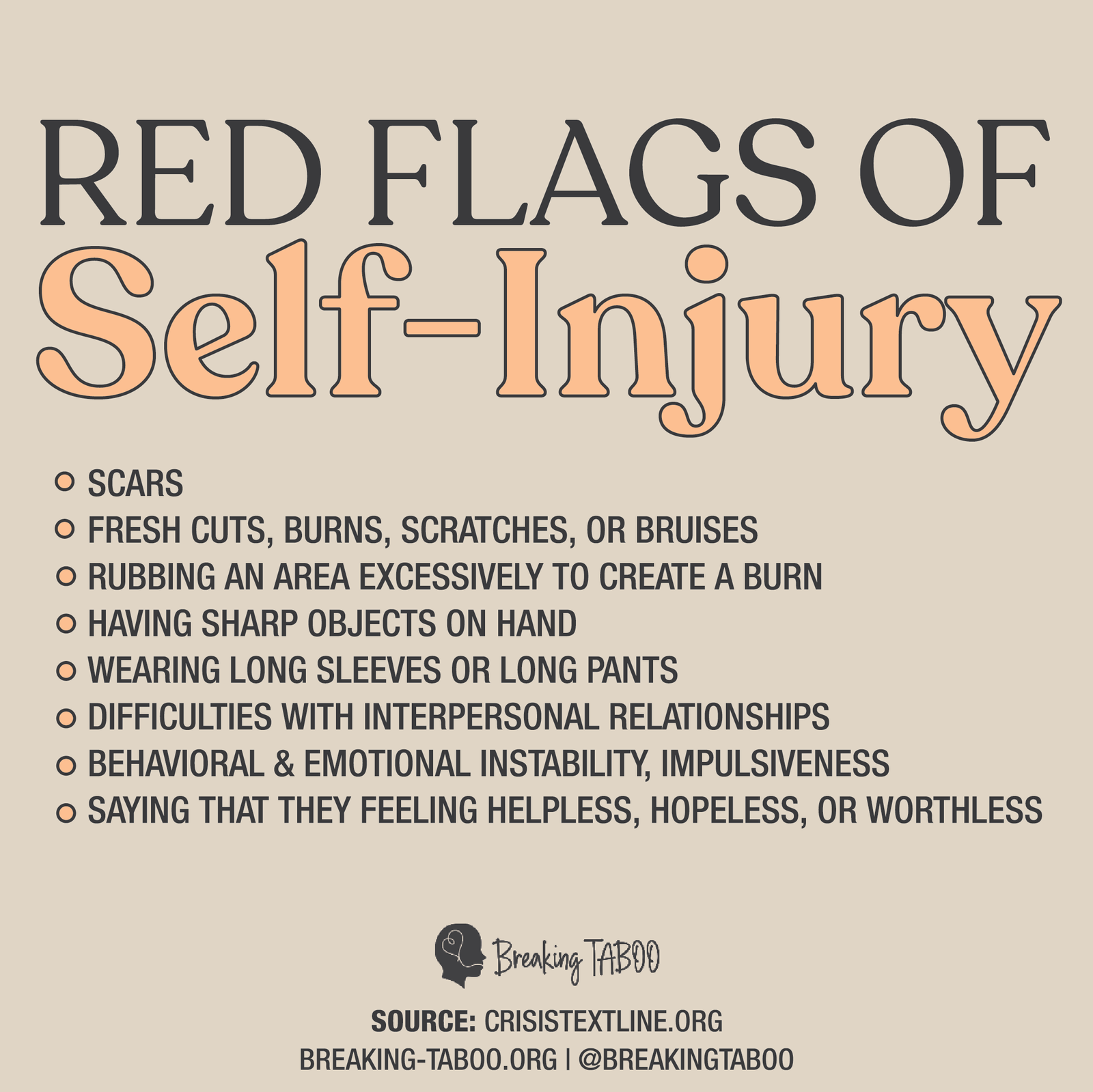Extensive research has revealed that one in eight women develop depression at some point in their lives, which is twice the rate of cases compared to men. (1) But why is that? What makes women more vulnerable to this condition? Before explaining the significance of the statistic and the reasons why this mental illness is much more common in females, it is important to clarify exactly what depression is and identify the array of symptoms that accompany it.
The American Psychiatric Association describes depression as “a serious medical illness that negatively affects how you feel, the way you think and how you act.” The most common symptoms include feelings of sadness and lack of interest in activities – even ones that the individual once found enjoyable. (2)
Differentiating Between Fleeting Sadness And Depression
Sadness
Although everyone experiences moments of stress and unhappiness at times, these events may not necessarily be linked to clinical depression. Regular life occurrences such as the loss of a loved one, being fired from one’s job, or experiencing heartbreak may lead to strong feelings of sadness, which often get confused for depression. However, feeling intense sadness for an extended period – particularly over two consecutive weeks – could be a sign of clinical depression. (3)
Symptoms Of Depression
Not all individuals with diagnosed depression share the same symptoms, but it is critical to note that experiencing several of these may be cause for concern:
- feelings of emptiness
- general disinterest
- anxiety
- fatigue
- change in appetite
- changes in sleep patterns
- frequent irritability (especially over minor issues)
- inability to concentrate
- difficulty recalling recent events
- feelings of worthlessness
- sadness
- hopelessness
- headaches
- digestive problems
- chronic pain
- suicide thoughts or attempts (3)
Depression, like sadness, can present itself due to stressful life events. However, a major difference between the two is that depression can develop for seemingly “no reason”. Oftentimes, individuals who struggle with this mental illness are unable to find the root cause of their condition. (4)
Potential Risk Factors For Depression (unrelated to traumatic or stressful events)
Genetics
Scientific research demonstrated that genetics may play a notable role as several mood disorders including depression can be hereditary. (5) Individuals who have a close family member struggling with depression, whether a parent or sibling, are two to three times more likely of developing clinical depression themselves. This may be the case because children typically mirror their own parents’ behavior. In other words, if the parent is displaying a pessimistic outlook on life, the child may adopt similar thinking and behavioral patterns, which have the potential of developing into clinical depression. (6)
On the other hand, the Biopsychosocial model, established by George Engel in 1977, suggests that a combination of social, biological, and psychological components (7) may impact one’s genetic predisposition to depression. More specifically, biological factors such as overall health, gender, and genetic susceptibility may play a significant role in one’s chances of becoming afflicted with this mental illness. (6)
Prescription Medication
Studies have also pointed to the fact that certain prescription medications can lead to varying symptoms of depression due to substances that alter chemicals located in the brain. The reported symptoms in these cases relate solely to emotional issues such as intense sadness, despair, and hopelessness. (8)
Medications that have a high level of depression reports include acne treatments, anticonvulsants designed to treat epilepsy, barbiturates meant to prevent seizures, benzodiazepines that treat insomnia and anxiety, beta-adrenergic blockers designed to target an array of heart conditions, opioids for pain relief, statins for cholesterol management, varenicline for smoking cessation, and acyclovir for herpes treatment. (8)
Depression And Women: Potential Links
Since the difference in depression rates for men and women are so notable, with women being twice as likely to develop the condition, it’s imperative to bring attention to the diverse range of reasons contributing to this statistic.

Life Occurrences And Circumstances
Societal Perception
A study published by the Pew Research Center uncovered the different expectations society has for women and men. The study consisted of an open-ended questionnaire asking participants to state what characteristics they believed society valued in each gender. When it came to professional and financial success, the public voted it as the second most popular attribute for men. On the other hand, it landed in seventh place for women. Ambition and leadership were also higher on the list for men than they were on the list for women. Lastly, the most valued qualities for men overall were honesty and morality, while for women, it was physical attractiveness. (9)
Another study revealed that gender stereotyping has been shown to hinder career progression for women, particularly in managerial positions, due to gender discrimination by higher-ups. The conducted research helped to uncover the fact that women face biased treatment when attempting to move up to high-ranking positions. (10)
Status
American women are 35% more likely to live in poverty in comparison to men. One of the reasons may be because in many industries there is still an ever-present wage gap that favors men at all employment levels. Furthermore, women-dominated professions such as retail and hospitality workers offer lower wages overall compared to male-dominated professions. This often has an impact on overall self-esteem and leads to feelings relating to the inability to control one’s own life. (11)
Responsibilities
Overworking may also play a role in why women are more likely to develop depression. An overwhelming number of working women also handle at-home responsibilities comprising cooking, cleaning, and taking care of their children after finishing their professional workdays. Women are also more likely to bear the burden of caring for family members suffering from illnesses and diseases. (12)
Sexual Violence
Research has found that 91% of rape victims are women and 1 in 6 women experience some form of sexual abuse in their lifetimes. A study examining the mental health consequences of rape found that 30% of women who were raped suffered a depressive period after the incident and 33% of them admitted that they had strongly considered committing suicide as a result. (13)
Rape victims typically report feeling hopelessness and despair as well as feeling like their own self-worth has been compromised despite their lack of fault. (14)
Types Of Depression Experienced Solely By Women

Premenstrual Dysphoric Disorder (PMDD)
Premenstrual Dysphoric Disorder, or PMDD, is a more extreme form of Premenstrual Syndrome (PMS). Although most women experience PMS, PMDD is far less common, with only about 3% to 8% of women being affected by it. Both conditions have numerous symptoms in common such as fatigue, shifts in mood, muscle soreness, and headaches. (15)
What sets PMDD apart from PMS is its more serious effects on the woman’s overall mental state. Women who suffer from this condition may feel intense, unexplained feelings of depression, hopelessness, and anxiety. Many women with this condition also have a hard time keeping up with everyday life, stop caring about their jobs, and lose interest in their social relationships. In more severe cases, women with PMDD may have suicidal thoughts and even attempt to end their own lives. (15)
Statistics provided by the IAMPD (International Association for Premenstrual Disorders) revealed that there are approximately 5 million diagnosed cases of PMDD in the United States. Furthermore, an estimated 1.5 million women with this condition will attempt to commit suicide at some point in their lifetimes, while a significantly larger number will struggle with repeated suicidal thoughts and perform self-harm. (16)
Perinatal Depression
Perinatal Depression can occur any time between a woman’s early stages of pregnancy until after the child is born as this condition also includes Postpartum Depression. No single cause can be blamed for this type of depression, but it is often associated with stress, hormonal changes, as well as physical and mental exhaustion. (17)
The most reported symptoms that are unique to this condition include:
- struggling to bond with one’s own child
- lack of certainty in one’s ability to care for and properly raise their child
- thoughts of wanting to hurt themselves, their child, or both (17)
Like with other forms of depression, women with Perinatal Depression also experience feelings of emptiness, sadness, difficulty sleeping, mood changes, unusual appetite, and fatigue.
Research showed that Perinatal Depression affects 10% to 20% of women while they are pregnant, after giving birth, or during both times. Although affecting women from every background, studies have found that women who are American Indian/Alaskan or Hawaiian Natives have a 30% higher chance of developing this condition. (18)
Perimenopausal Depression
Women may experience Perimenopausal Depression during their transition into menopause. Women who suffer from this condition may show symptoms including:
- lack of energy
- difficulty paying attention
- disinterest in their own hobbies
- sleep issues (due to hot flashes)
- irritability
- frequent crying (19)
The hormonal changes that take place during menopause, particularly the rise and fall of a woman’s estrogen level, will impact the levels of other hormones – serotonin, norepinephrine, and dopamine. Because these three chemicals directly affect one’s mood, when a woman’s hormonal levels are shifting, their mood is negatively impacted as a result. (19)
A study conducted in 2010 revealed that women who had experienced depression at some point during their lives were approximately 5 times more likely to develop Perimenopausal Depression than those without a previous history of depression. (20) Perimenopausal Depression also impacts an upward of 30% of all women between the ages of 45 and 52. (21)
Conclusion
As demonstrated throughout this article, it is impossible to point to a single reason to explain why women are far more likely to be afflicted with clinical depression. Various factors that include gender-specific life situations, traumatic experiences, and hormonal shifts all play major roles in the development of this condition. However, being able to identify one’s root cause for clinical depression may help individuals feel more encouraged to seek the help they need to overcome it.
~ Paola Caamano
Paola is a passionate writer with an M.A. in Communication and a B.A. in Psychology – both obtained from Kean University. With an unwavering commitment to growing her skillset, she aims to expand her professional horizons by taking on new challenges. In her spare time, she enjoys drawing, reading, playing video games, and watching k-dramas with her dogs.
Sources
- https://www.nami.org/Press-Media/Press-Releases/2008/Women-Depression-1-in-8;-twice-the-rate-of-men
- https://www.psychiatry.org/patients-families/depression/what-is-depression
- https://www.medicalnewstoday.com/articles/314418#treatment-of-depression
- https://www.healthline.com/health/mental-health/why-am-i-sad-for-no-reason#depression
- https://www.nami.org/About-Mental-Illness/Mental-Health-Conditions/Depression
- https://www.health.com/condition/depression/is-depression-genetic
- https://www.physio-pedia.com/Biopsychosocial_Model
- https://www.webmd.com/depression/guide/medicines-cause-depression
- https://www.pewresearch.org/social-trends/2017/12/05/americans-see-different-expectations-for-men-and-women/
- https://journals.sagepub.com/doi/full/10.1177/2277975220975513
- https://www.legalmomentum.org/women-and-poverty-america
- https://www.mayoclinic.org/diseases-conditions/depression/in-depth/depression/art-20047725
- https://stoprape.humboldt.edu/statistics
- https://www.goodtherapy.org/learn-about-therapy/issues/sexual-abuse
- https://www.webmd.com/women/pms/pms-vs-pmdd
- https://iapmd.org/facts-and-figures
- https://www.nimh.nih.gov/health/publications/perinatal-depression
- https://www.ccjm.org/content/87/5/273
- https://www.healthline.com/health/depression/perimenopausal-depression
- https://journals.lww.com/menopausejournal/Abstract/2010/17040/Associations_of_depression_with_the_transition_to.27.aspx
- https://www.verywellhealth.com/perimenopausal-depression-4846486



